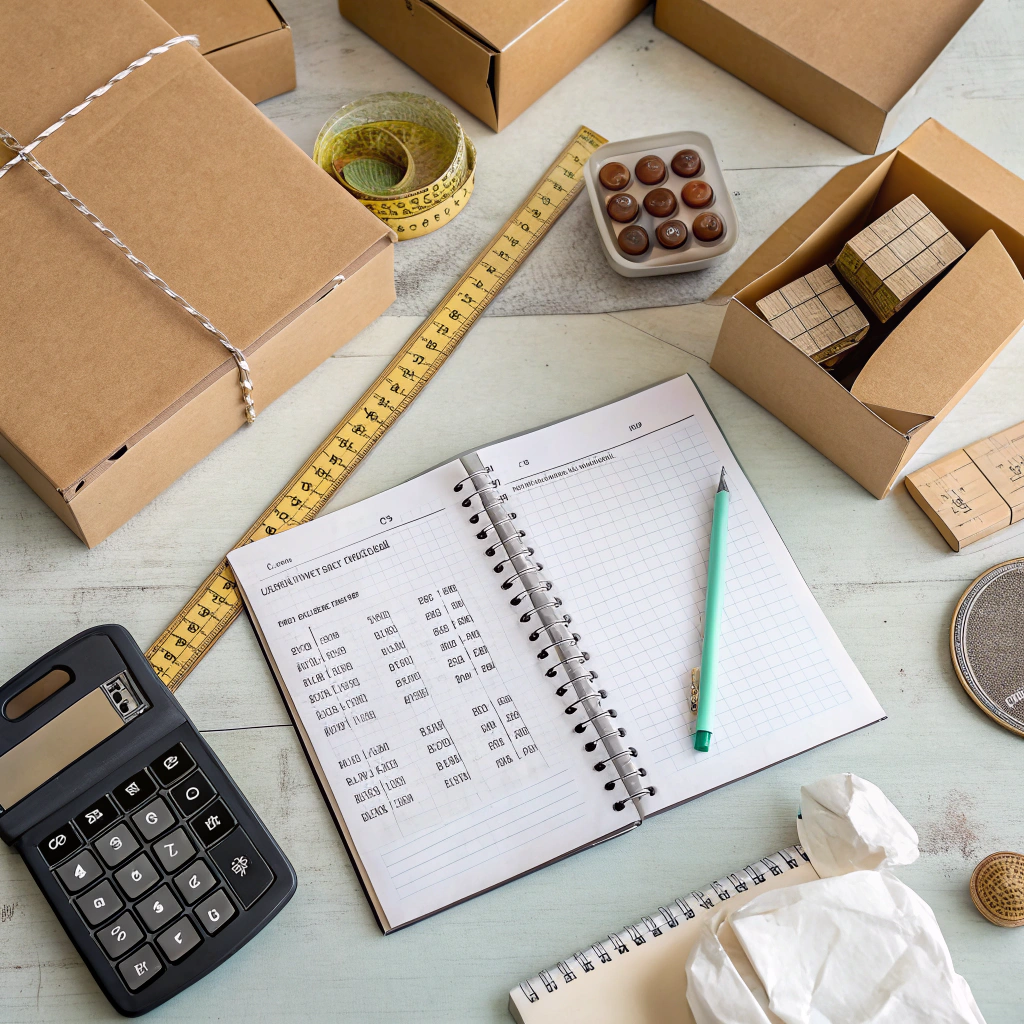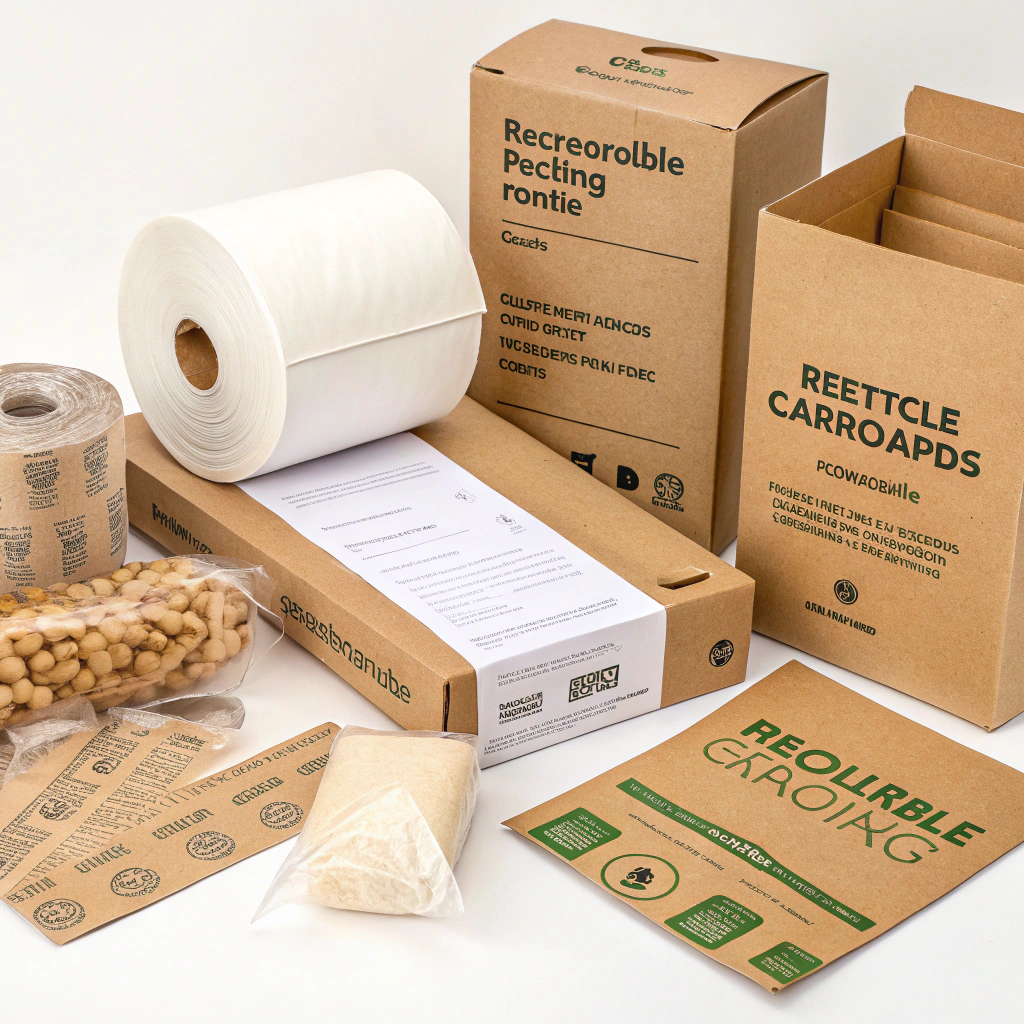Small Business Guide: Transitioning to Sustainable Packaging Without Breaking the Budget
Small businesses face a unique challenge when transitioning to sustainable packaging: balancing environmental responsibility with tight budget constraints. While large corporations can invest millions in research and development, small enterprises need practical, cost-effective solutions that don’t compromise their financial stability. This comprehensive guide provides actionable strategies for making the sustainable packaging transition both environmentally impactful and financially viable.
Understanding the True Cost of Sustainability
The biggest misconception about sustainable packaging is that it’s inherently more expensive. While initial material costs might be higher, the total cost of ownership often favors eco-friendly options. Sustainable packaging frequently weighs less, reducing shipping costs by 15-25%. Additionally, many sustainable materials are becoming cost-competitive as production scales increase and technology improves.
Government incentives and tax breaks for sustainable practices can offset initial investments. Many regions offer grants, rebates, or tax credits for businesses adopting eco-friendly packaging solutions. Research local environmental business programs—you might discover funding opportunities that make sustainable packaging more affordable than traditional options.
Consumer willingness to pay premium prices for sustainable products also impacts the equation. Studies show 73% of consumers will pay 10-15% more for products with sustainable packaging, often offsetting any increased material costs while building brand loyalty.

Total cost comparison reveals sustainable packaging often provides better long-term value for small businesses
Phase 1: Assessment and Quick Wins
Begin your transition with a comprehensive packaging audit to identify low-hanging fruit. Document every packaging element currently used, from primary containers to shipping materials. Measure dimensions, weights, and costs to establish baseline metrics for improvement tracking.
Focus first on the easiest swaps that provide immediate impact. Replace plastic bubble wrap with recycled paper padding—often 20-30% cheaper while being completely recyclable. Switch from plastic tape to paper-based alternatives, which cost roughly the same but offer significant environmental benefits.
Eliminate unnecessary packaging layers through design optimization. Many small businesses discover they can reduce packaging by 40-50% simply by rightsizing containers and eliminating redundant protective materials. A local artisan soap company reduced packaging costs by 35% by switching from boxes with separate plastic wrapping to simple kraft paper bands.

Conducting a thorough packaging audit helps identify cost-effective sustainability opportunities
Budget-Friendly Material Alternatives
Kraft paper and cardboard represent the most accessible sustainable packaging materials for small businesses. These materials cost 10-20% less than many plastic alternatives while offering excellent recyclability and consumer appeal. Unbleached kraft paper provides rustic aesthetic appeal that resonates with eco-conscious consumers.
Biodegradable plastic films made from plant-based materials are becoming increasingly affordable. While still 15-25% more expensive than traditional plastics, they eliminate waste disposal costs and appeal to premium market segments willing to pay higher prices for sustainability.
Consider material consolidation strategies. Using single-material packaging (mono-materials) reduces complexity and often costs. A skincare startup reduced packaging costs by 30% by switching to all-cardboard packaging, eliminating mixed-material disposal fees and simplifying their supply chain.
Bulk purchasing cooperatives allow small businesses to access volume pricing typically reserved for large corporations. Join local business associations or online cooperatives to purchase sustainable packaging materials at reduced costs through group buying power.

Affordable sustainable packaging alternatives offer excellent performance without premium pricing
Strategic Implementation Timeline
Phase your transition over 6-12 months to spread costs and learn from each implementation stage. Start with shipping materials, which typically offer the fastest return on investment through reduced shipping weights and waste disposal costs.
Month 1-2: Replace shipping fill materials and tape Month 3-4: Transition primary packaging containers Month 5-6: Optimize package sizing and eliminate excess materials Month 7-12: Implement advanced solutions like custom printing on sustainable materials
This phased approach allows cash flow management while providing time to test each solution’s effectiveness. A small electronics retailer saved $2,400 annually by implementing changes gradually, avoiding the cash flow strain of simultaneous transitions.
Track metrics throughout implementation to justify investments and identify additional opportunities. Monitor material costs, shipping expenses, customer feedback, and disposal fees to build a comprehensive picture of your transition’s financial impact.

Phased implementation timeline helps small businesses manage costs while transitioning to sustainable packaging
Creative Cost-Cutting Strategies
Collaborate with local suppliers to reduce transportation costs and support community sustainability goals. Local partnerships often provide flexibility for smaller order quantities and reduced minimum purchase requirements that work better for small business budgets.
Explore material upcycling opportunities within your community. Many businesses generate clean cardboard waste that can be repurposed as packaging material. A local bakery partnered with a bookstore to repurpose their cardboard boxes, reducing packaging costs by 60% while strengthening community relationships.
Consider packaging-as-a-service models where suppliers provide packaging materials in exchange for marketing partnerships or revenue sharing. This approach eliminates upfront costs while providing access to premium sustainable materials.
Digital integration can replace printed materials, reducing costs and environmental impact. QR codes linking to digital product information, care instructions, or brand stories eliminate printed inserts while providing enhanced customer experiences.

Local partnerships provide cost-effective access to sustainable packaging materials and expertise
Measuring Success and ROI
Establish clear metrics to track your sustainable packaging transition’s success. Monitor cost per shipment, customer satisfaction scores, return rates due to packaging damage, and waste disposal expenses. These measurements justify investments and identify areas for continued improvement.
Customer feedback provides valuable insights into packaging effectiveness and market reception. Implement simple feedback mechanisms like post-purchase surveys or social media monitoring to gauge consumer response to your sustainable packaging initiatives.
Calculate your environmental impact reduction to support marketing efforts and grant applications. Track metrics like material weight reduction, recyclability improvements, and carbon footprint decreases to demonstrate your business’s environmental commitment.
Long-term Financial Benefits
Sustainable packaging investments typically provide returns within 12-18 months through reduced shipping costs, waste disposal savings, and premium pricing opportunities. Many small businesses report 15-25% increases in customer retention after implementing sustainable packaging solutions.
Brand differentiation through sustainable packaging helps small businesses compete with larger corporations. Environmental responsibility resonates strongly with millennial and Gen Z consumers, who represent growing market segments willing to pay premium prices for sustainable products.
Future-proofing your business against regulatory changes provides additional value. As environmental regulations tighten, early adoption of sustainable packaging positions your business advantageously while competitors scramble to comply.
The transition to sustainable packaging represents both environmental responsibility and smart business strategy for small enterprises. By taking a phased approach, focusing on quick wins, and leveraging creative cost-cutting strategies, small businesses can implement sustainable packaging solutions that enhance their brand while protecting their financial stability. The key lies in viewing sustainability not as an expense, but as an investment in long-term business success and customer loyalty.
📞 Let’s talk packaging or explore our custom packaging options to make your transition affordable.
